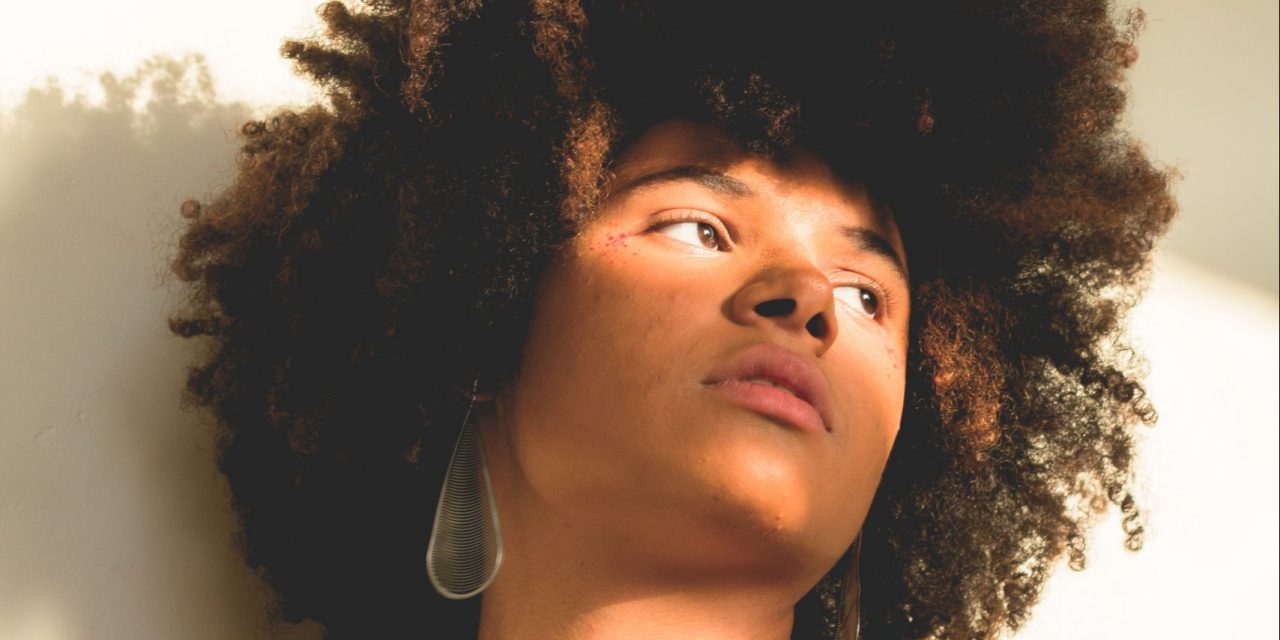“At a data level, people like me aren’t black, or brown, or white. We simply don’t exist.”
2021 is going to be important, and not just because we might get to wear something other than facemasks and tracksuit bottoms for a change, 2021 is a census year. Of all the admin tasks that the Government requires of us, the census is by far the most interesting.
No I’m serious. Look, stay with me on this one.
Conducted once every ten years, it’s a vital resource for understanding how the country is changing in terms of our living habits, professions and, of course, ethnicities. And after a year of Black Lives Matter protests on both sides of the Atlantic, it’s vital that it measures ethnicity accurately.
But for people like me, our ethnicities won’t be counted. And that hurts everyone.
I’m one of the 23% of mixed race people who fall into the category ‘Mixed Other’, a catch all category at the bottom of the ethnicity section. There are other ‘Mixed’ categories; all of them for people with one white parent. But for those of us with more than two racial backgrounds, or who don’t have any white ancestry, there’s no such luck.
One of the problems with Mixed Other is that it says nothing about the backgrounds of the people in it. It’s a category which includes Cambodian-Venezuelans, Nigerian-Indians, and Arab-Carribean heritages, none of whom necessarily have anything in common. The write-in box that accompanies it is useful, but the data gathered there doesn’t actually get parsed or used. At a data level, people like me aren’t black, or brown, or white. We simply don’t exist.
This isn’t just bad for me, it’s bad for all of us. A lot of people in the Mixed Other box have black heritage, but because we’re not counted it’s likely that we don’t have a good picture of the number of black people in this country. This means that initiatives aimed at uplifting black communities will always be underfunded and under-resourced. It’s also worth noting that the number of Mixed Other people is higher than the number of people with one white and one African parent. If Mixed Other people want to show up in the census we have to pick one or the other of our parents’ ethnicities; particularly awkward if you’re filling in the paper form as a family.
One of the vital jobs of the census is to reflect who we are as a population, and how we see race in Britain. For most people that’s how it works. White people can check white. Black people get to check black. But I don’t know anyone who actually identifies as ‘Mixed Other’ in their everyday life. In reality, many of the people who check this box use a combination of pre-existing labels. And there’s absolutely no reason that the census can’t allow us to do exactly that.
All we have to do is change the ethnicity question on the census from ‘pick one box’ to ‘select all that apply’. For monoracial people, nothing changes. Black people still get to pick black. White people still get to pick white. Asian people still get to pick Asian. But for those of us from mixed backgrounds, we can finally be officially seen without compromising our ties to our families. Not only will this end the unfortunate implication in the ‘Mixed’ category that mixedness only counts when you have one white parent, but we’ll also get a clearer picture of how our populations are changing and blending.
You may also like Blackness Through The Lens Of A Coloured Woman.












